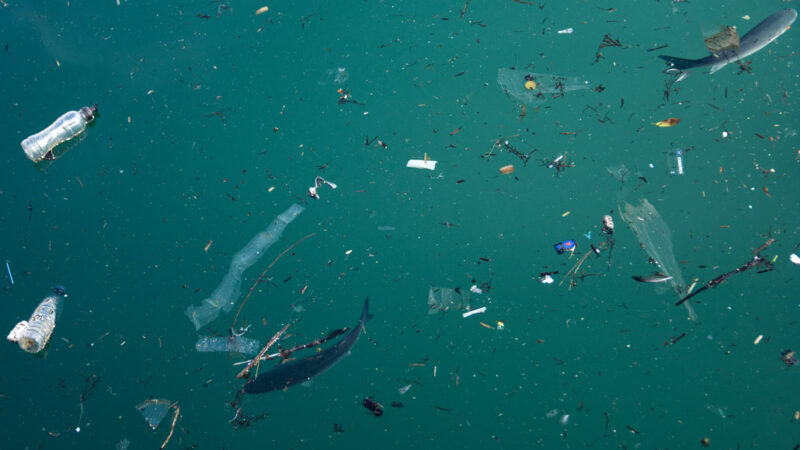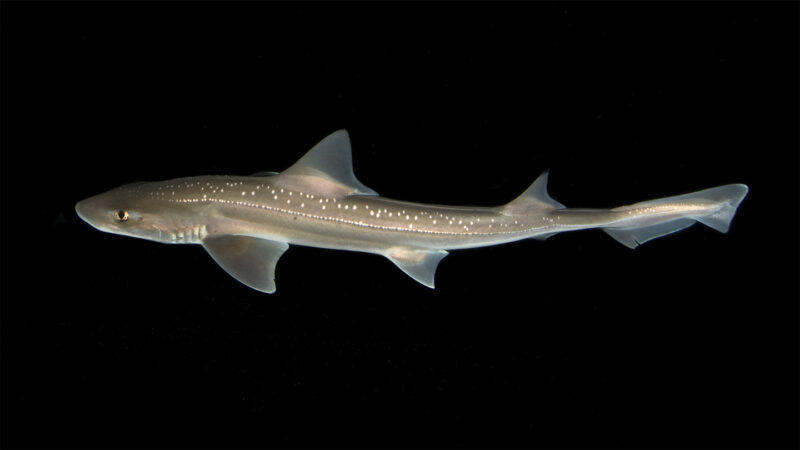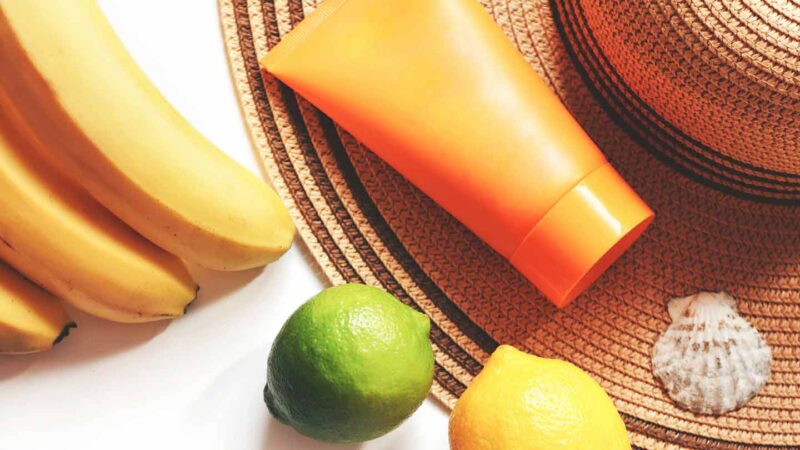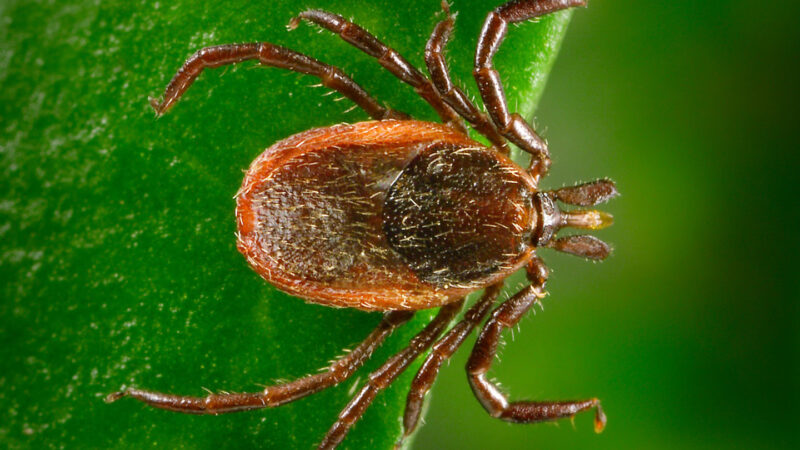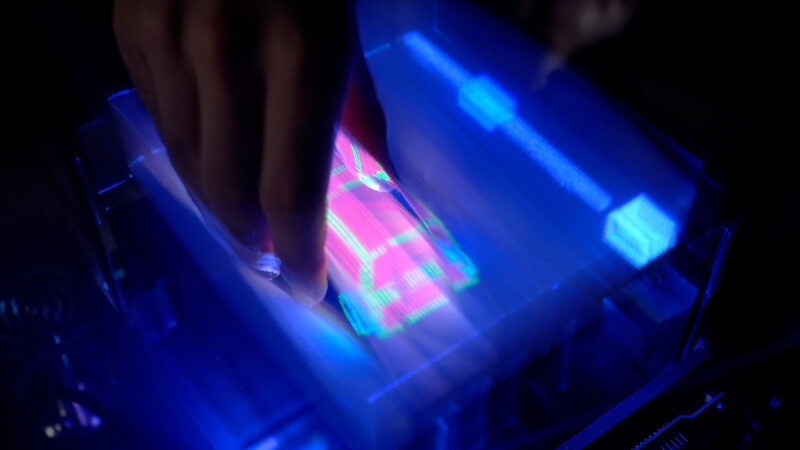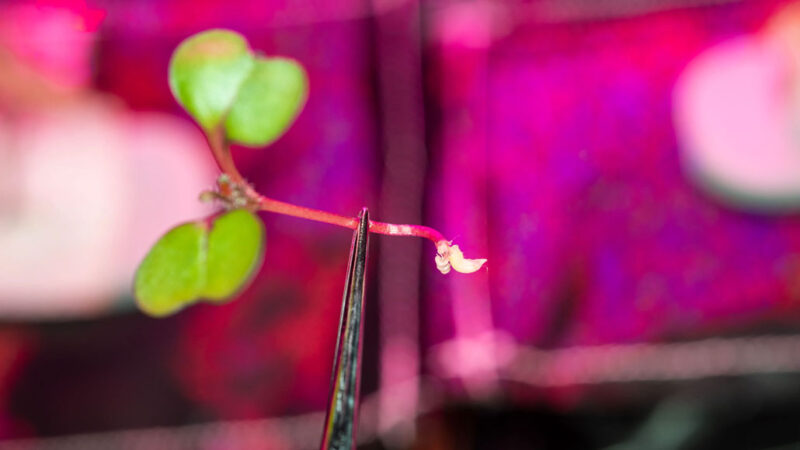Our planet is awash in plastic pollution. Tiny bits of it, called microplastics, taint the air and our food. Plastic specks have been found everywhere from our bodies to a dolphin’s breath. That’s why scientists keep looking for ways to break down this sturdy material. Now, they’ve discovered a promising new strategy.
Bacteria common in wastewater can break down a common type of plastic called PET. That finding could inform new ways to clean up PET pollution, which may make up around half of all the microplastic in wastewater.
The microbes in question are Comamonas. Scientists have long known these bacteria grow on plastics in water. That got Ludmilla Aristilde wondering if the microbes use plastic as food. Aristilde is an environmental biochemist at Northwestern University in Evanston, Ill. Her team decided to investigate if Comamonas bacteria eat PET.
PET is short for polyethylene terephthalate (Pahl-ee-ETH-eh-leen TEHR-eh-THAAL-ayt). This is the world’s most widely used plastic. Some 56 million tons of it is made each year — mostly for polyester clothing, water and soda bottles, and the packaging of many store-bought goods. That leads to a lot of PET pollution.
Lint-size pieces of PET come out of polyester clothes when they’re washed — and flow through water treatment plants into waterways. Bits of PET also get into waterways as plastic bottles and other PET packaging break down in the environment.
Laundry tweaks can help clothes last longer and pollute less
In past work, Aristilde discovered that one strain of Comamonas could break apart rings of carbon atoms in laundry detergent. Those carbon rings, she notes, were similar to the ones found in plastics. Here was a clue that the microbes, Comamonas testosterone, may be able to break down PET as well.
Since microplastics and bacteria are both tiny, it can be hard to tell what the microbes are doing to PET. To find out, Aristilde’s team grew C. testosteroni in the lab. Then they placed the microbes in a liquid-filled container for a month with either tiny pellets or thin, flat strips of PET.
Afterward, they looked at the surface of the plastic with a scanning electron microscope. This type of microscope can create very detailed images of surfaces.
The team found that the plastic pellets were breaking apart. Nanoparticles of PET now floated in the water. At the end of the month, more than three times as many nano bits were in the water as before. This showed that the bacteria had been breaking apart the PET. The bacteria also multiplied faster when they had PET available. That suggests they were using carbon molecules from the plastic bits as food.
How the microbes did it
The researchers wanted to know what chemical reaction the microbes used to break apart the plastic’s carbon molecules. So they beamed a laser onto the molecules. It showed how the molecules’ bonds were broken and that the chemical reaction had involved water. This released PET pieces small enough for the microbes to gobble up.
Aristilde’s team then looked at a genetic map of C. testosteroni. They found that the microbe had 39 genes for making enzymes that might be involved in degrading PET. These were enzymes that could use water to break bonds. The researchers then went back to observe which of those enzymes were present in the PET-bacteria soup. Just one had been made inside the microbes living with PET.
This artist’s illustration shows how Comamonas bacteria found living in wastewater seek out certain plastic waste for food. Bacteria (purple cylinders) attach to plastics and break them down into small enough bits to consume.L. Aristilde/Northwestern University
“That was quite surprising,” says Aristilde. She had expected to find multiple enzymes at play.
Her group set out to prove this one enzyme was breaking apart the plastic. Colleagues from Oak Ridge National Laboratory in Tennessee tweaked C. testosteroni microbes. The changes removed the gene that allowed the bacteria to produce this enzyme. Without this gene, the microbes could no longer munch apart the plastic.
As one further test, Oak Ridge researchers inserted that enzyme-making gene into a different bacterium. It was a type of microbe that didn’t normally eat plastic. But once it was able to make the same enzyme as C. testosteroni, that microbe could eat PET, too.
The researchers shared these findings October 29 in Environmental Science and Technology.
One step forward, but still a ways to go
Ren Wei is skeptical about harnessing the microbes’ ability to clean up PET pollution. A biochemist, he works with plastic-degrading enzymes at the University of Greifswald in Germany.
The tiny organisms eat super tiny amounts of plastic. The rate at which they chow down on PET, Wei says, is far too slow to remove much of the vast amounts that enter the environment each year.
Jay Mellies sees things differently. The new finding excites this microbiologist at Reed College in Portland, Ore. He, too, works with plastic-degrading microbes.
“The plastic problem on our planet is enormous, and every good idea should be pursued,” he says. Even though scientists have known for decades about other microbes that degrade plastics, none do it fast enough. Learning about a common wastewater bacterium that can eat plastics in water is an idea worth pursuing. The challenge now, Mellies says, is finding a practical use for the new knowledge.
Victor Gambarini agrees. A microbiologist at the University of Auckland in New Zealand, he works on plastic-degrading microbes as well. Finding this plastic-degrading enzyme is an important first step, he says. Now, teams will need to hunt for similar enzymes — perhaps in other microbes — that work faster. Or they might try to modify an enzyme in the lab to work better. This is something Aristilde’s team is already thinking about.
Wei points out that breaking down plastics with microbes should be considered an emergency technique and not a main solution. Let’s focus first on using less plastic, he says, and making it more reusable.
Do you have a science question? We can help!
Submit your question here, and we might answer it an upcoming issue of Science News Explores

